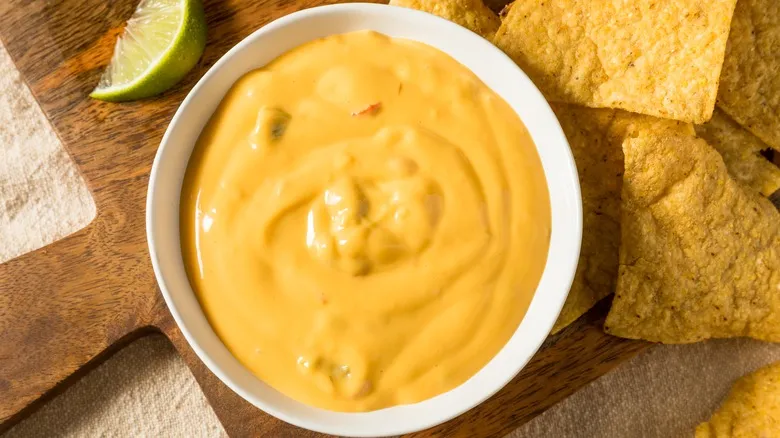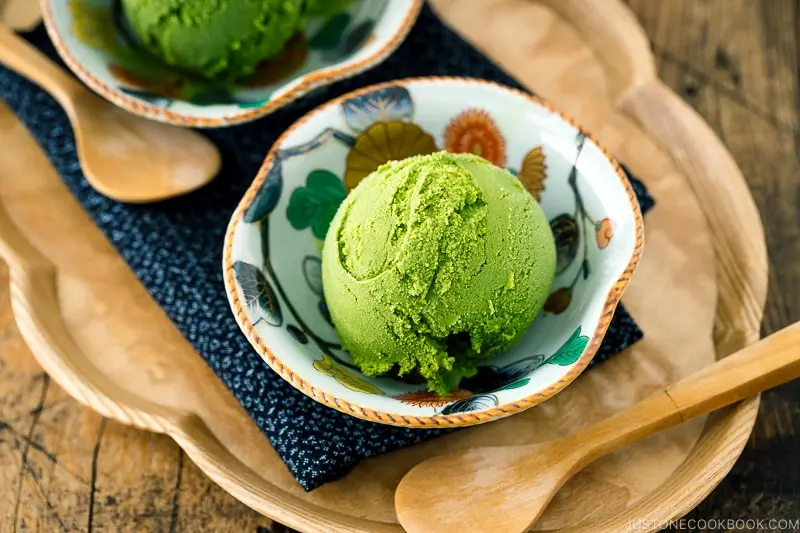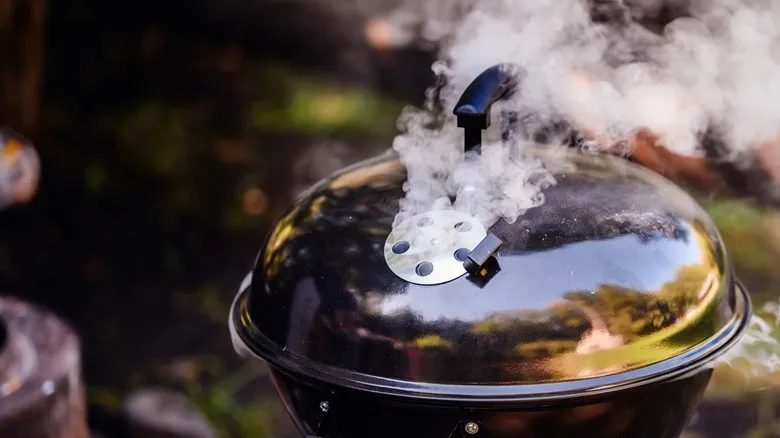Keep things simple and consistent
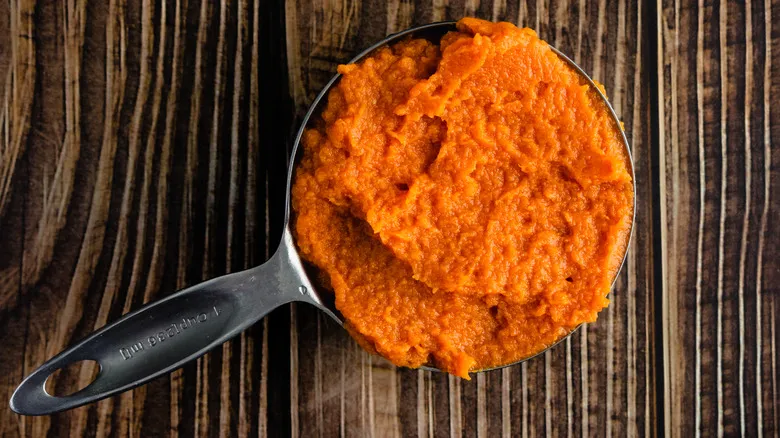
If you're concerned about the ingredients and any additives in that can of pumpkin from the grocery store, you can generally relax. A quick look at the label will usually reveal that plain pumpkin is the sole ingredient. While ingredient lists often don't specify the type of pumpkin, it's most likely a pale, elongated gourd known as a Dickinson pumpkin. This variety is favored by Costco and many bakeries for its smooth, creamy texture, making it perfect for baking rather than carving. In contrast to the time-consuming process of roasting and pureeing your own pumpkin—which involves washing, slicing, scooping out the seeds, roasting, and peeling—this ready-to-use puree only requires a simple twist of a can opener.
Another advantage of opting for canned pumpkin is the convenience of measurement. Determining how many fresh pumpkins you need for a pie can involve calculations and weighing, while most recipes simply call for one or two cans. If you're making a vegan or dairy-free pumpkin pie, using canned pumpkin can help you achieve the right texture without leaving too much to chance, as alternative recipes often require a careful touch to get that perfect firmness. This is a moment to take a shortcut, which will result in a smooth, indulgent pie.
Skip the hassle of a watery, runny pie filled with stringy bits from a homemade roasted pumpkin. Instead, choose canned pumpkin to simplify your baking process. You can always use the time you save by going with store-bought pumpkin to focus on creating a flaky homemade pie crust instead.
Recommended
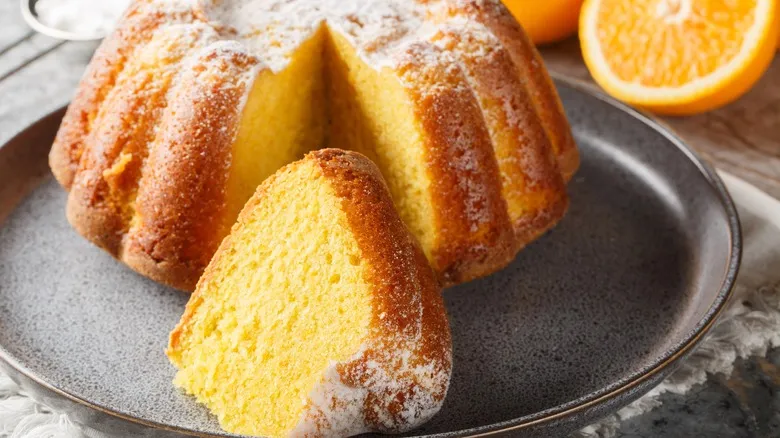
Why You Should Be Adding Yogurt To Your Cakes
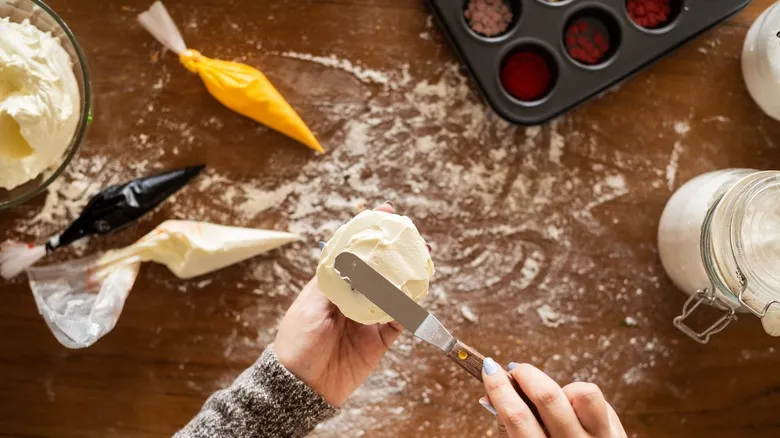
Is There Even A Difference Between Cake Icing And Frosting?
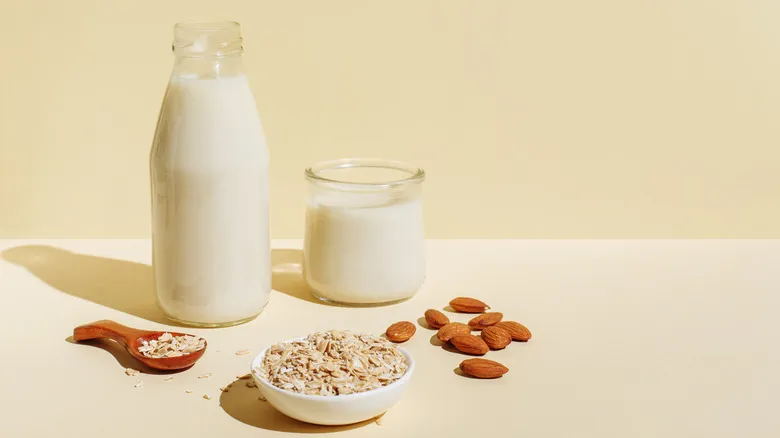
The Worst Dairy-Free Milk You Can Use For Baking
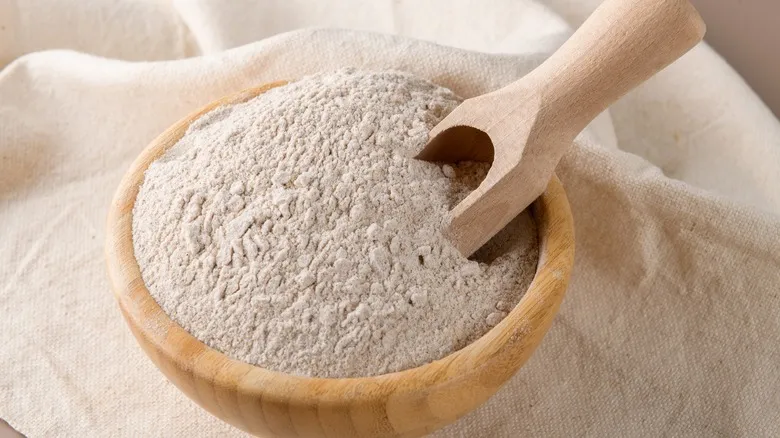
Why Buckwheat Pancakes Are A Cornerstone Of West Virginian Cooking
Next up


